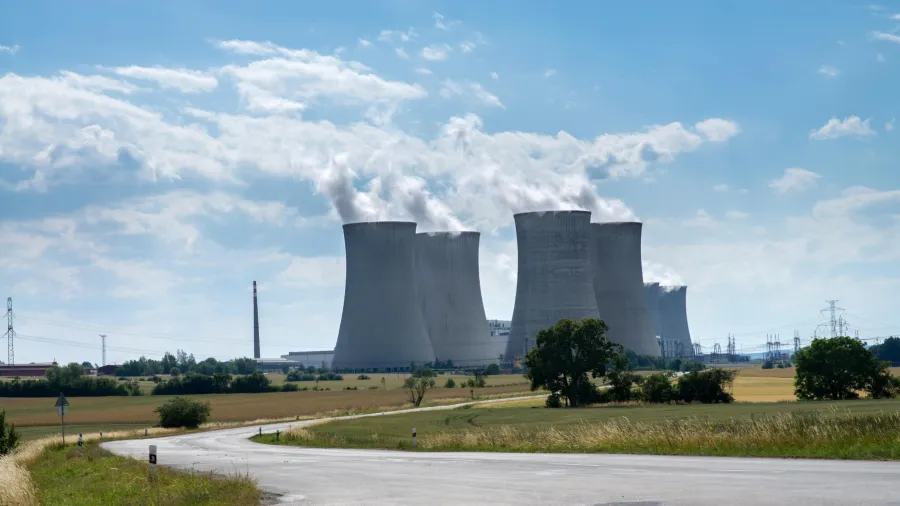
Singapore told not to be a test bed for small modular reactors
There are other power sources that are easier and cheaper to deploy, experts said.
Singapore, the smallest country in Asia by land area, should avoid becoming a test bed for small modular reactors (SMR) in its push to diversify its energy mix away from oil, given their high cost and safety risks, according to energy analysts.
“Does Singapore really want to be a guinea pig for a first-of-its-kind SMR build?” Grant Hauber, strategic energy finance adviser for Asia at the Institute for Energy Economics and Financial Analysis (IEEFA), told Asian Power.
These reactors have a power capacity of up to 300 megawatt electrical (MWe) per unit, smaller than traditional ones that can produce more than 700 MWe. Few operate globally, including Russia’s 70 MWe Akademik Lomonosov plant and China's more than 200 MWe High Temperature Gas-Cooled Reactor-Pebble-bed Module.
There are no operating SMRs in Southeast Asia.
Singapore signed a civil nuclear cooperation agreement known as the 123 Agreement with the US in July to deepen cooperation on advanced nuclear energy technologies, including SMRs.
Hauber warned that SMR technology “does not yet physically exist in demonstrable, commercial form.” If this ever gets commercialised, the question is how many should Singapore buy, he pointed out.
Singapore has fewer than 13,000 megawatts (MW) of installed generation capacity serving peak demand of about 7,700 MW. In 2022, more than 70% of its total energy supply came from oil, followed by natural gas (25.4%), according to data from Paris-based International Energy Agency.
“For them to have value in diversifying Singapore’s energy mix, it’s likely you’d need several,” Hauber said. “What’s the right percentage of nuclear energy in the mix — 10%? 20%? That could be four to 10 SMRs… That once again leads to siting issues.”
According to the International Atomic Energy Agency, small modular reactors can be built on 10 acres of land, which can fit about 899 public housing units that are 45 square metres big each.
Dinita Setyawati, a senior electricity policy analyst for South East Asia at energy think tank Ember, said smaller reactors might not be enough to make an impact on Singapore’s energy mix.
“Whilst nuclear power could be part of a diversified energy strategy, I think at this point, maybe we have to wait and see whether they could significantly contribute to replacing the current energy mix,” she said. “Singapore needs to consider other complementary solutions.”
Hauber also raised concerns about costs as SMR companies push up estimated delivery prices, with capital costs nearing almost as much as a full-scale nuclear facility on a dollar-per megawatt-basis.
In a briefing note, IEEFA said the costs of SMR projects it tracks are well over $10,000 per kilowatt, though none has been fully licensed or has begun construction.
“Those costs hold the potential to be far higher than the energy derived from Singapore's current supply sources,” Hauber said.
Singapore’s Energy Market Authority in a report published in March said nuclear power could meet about 10% of Singapore's energy needs by 2050.
“Singapore will continue to monitor the progress of SMR and other advanced nuclear technologies to keep our energy options open for the future,” according to a FAW posted on the agency’s website.
Compared with conventionally large nuclear power plants, small modular reactors promise “enhanced safety and economics,” it said.
Whilst there are no concrete goals for the development of this energy source, Second Minister for Trade and Industry Tan See Leng in April said the country would form a pool of about 100 nuclear energy experts in the medium and long terms.
‘Most practical approach’
Hauber noted that aside from location problems, another challenge that Singapore faces in building its nuclear capacity is waste management.
“There is no viable long-term disposal means for nuclear plants anywhere in the world,” he pointed out. “Cross-border disposal is fraught with political, environmental, social, and ethical issues, making it nearly impossible. Thus, Singapore has to be prepared to live with nuclear waste in its own yard forever.”
One of the wastes generated by nuclear power generation is high-level radioactive waste, which takes about 10,000 years for the radioactivity to decay, according to the Nuclear Energy Agency.
Another challenge for Singapore would be ensuring the safety of communities living near the nuclear plant.
Setyawati cited the Fukushima Daiichi nuclear accident in 2011 caused by a magnitude 9 earthquake in Japan. Even a minor breach could have significant environmental public health impacts, she added.
Setting up safety protocols, including a multi-layered containment system, emergency response planning, and continuous monitoring would not be a problem for a technologically advanced country like Singapore, Setyawati said. But it should still study how other countries have handled similar situations, adopt best practices, and develop its own strategies.
Hauber and Setyawati said it would take years for Singapore to build its nuclear energy capacity given the long process involved in building a nuclear power plant.
“There is a mix of more certain, faster-to-deliver, faster-to-scale, and more economical solutions that do not tie Singapore to any one technology, particularly one that comes with generational-scale liabilities like hazardous waste and decommissioning, that will need to be addressed,” Hauber said.
“Up until 2030, renewable energy import is the most practical approach, given the limited land space,” Setyawati said.


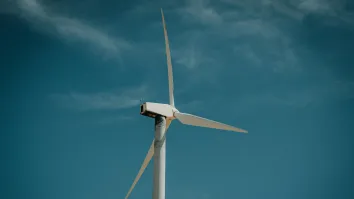
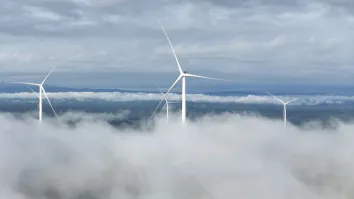
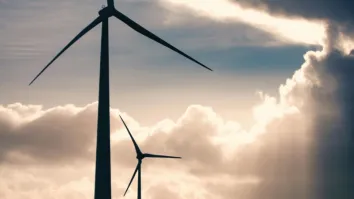


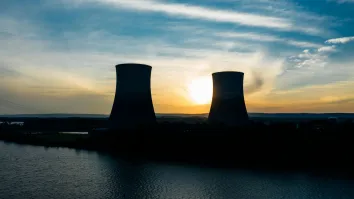
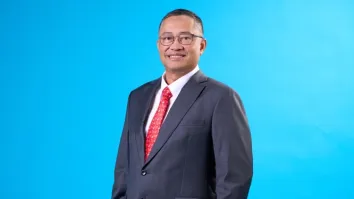





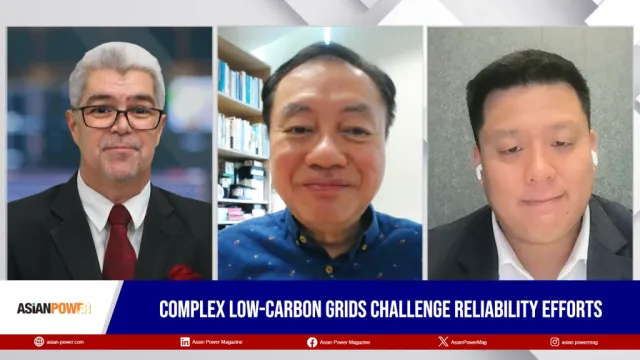




 Advertise
Advertise







